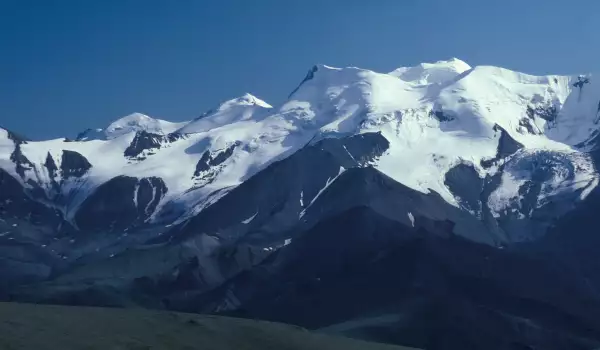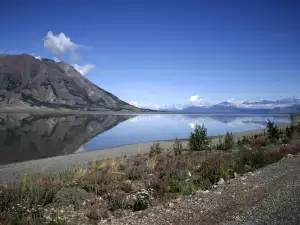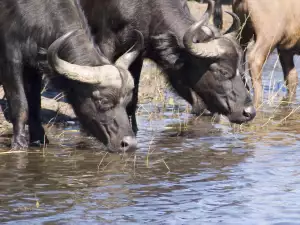Kluane National Park

As part of the vast system of national parks and historic sites scattered throughout Canada, Kluane National Park is a reserve, which is a nationally significant example of the mountainous north coast of Canada, which represents a valuable ecosystem, coupled with the cultural heritage of the region. Kluane National Park has two blocks which are located in the extreme southwestern part of the Canadian province of Yukon, between northeastern British Columbia and lower coasts of Alaska.
The eastern front of the park border crosses the highways Alaska and Haines, which provides easy access to this beautiful and diverse natural beauty. Kluane National Park is easily reached from Haines Junction, 160 km west of the capital of Yukon, the Alaska Highway in Whitehorse and 249 km north of Haines, moving along the eponymous road.
Kluane National Park is a natural area of great importance. The panorama consists of steep and high mountains, dramatic valleys formed by glaciers, surrounded by diverse flora and fauna. In Kluane National Park is the highest peak of Canada - Mount Logan, with a height of 5959 meters.

Mount Logan is a giant part of the St. Elias Mountains, which contains the highest peaks on the continent and the largest non-polar glacial field. 82% of the area of Kluane National Park is covered by mountains and glaciers.
In Kluane National Park is the beautiful valley of the Alsek River, marked by Lowell Glacier, which is a place with incredibly rich flora and fauna. Since 1986, Alsek River is classified as a natural resource of Canada, and in 1994 the valley of the Alsek is included in the list of World Heritage sites by UNESCO.
Kluane National Park itself is a protected area since 1972, covering an impressive 22, 016 sq km area. From 1979 the clacial field of Saint Elias and Alsek is also added to the list of protected area by UNESCO.
In Kluane National Park live many endangered species such as grizzly bears, mountain goats and sheep, elk, lynx, wolves and wolverines, golden and bald eagles, magpie, arctic terns and hawks. At the entrance to the park is a sign on which is inscribed: "You are in bear country" because nowhere else are there so many bears, both in Kluane and in particular the valley of the Alsek River.
It has an impressive view of another giant - Mt. Fairweather. Most of the ice fields in Kluane National Park are not available, but the valley of the Alsek and the river are a favorite place of vertiginous descents by boat over speedy rapids. On site are organized special travel companies that organize and offer everything needed for rafting. Kaskawulsh Glacier is a remarkable part of the ice fields in Kluane National Park.
Kluane National Park has excellent conditions for hiking and outdoor activities like camping, hiking, climbing, fishing and boating. Photography is one of the most popular activities in Kluane for wondrous sights. Often the park is an arena for film presentations and photos. Tourist facilities include Kathleen Lake chalet, which has a capacity of 41 seats and is found along the homonymous lake Kluane.
The park is a place where one can get acquainted with the culture of these Native Canadian Territories - Indian tribes from Champagne, Aishihik First Nations and Kluane.
Kluane National Park is part of the largest protected area in the world. The majestic Mount Logan, buried under a 1, 5 km ice shell is a rare sight. One of the best options to look at the amazing natural spots in Kluane is an air tour. You can hire a horse, practice mountain biking or simply walk for hours without getting tired.














